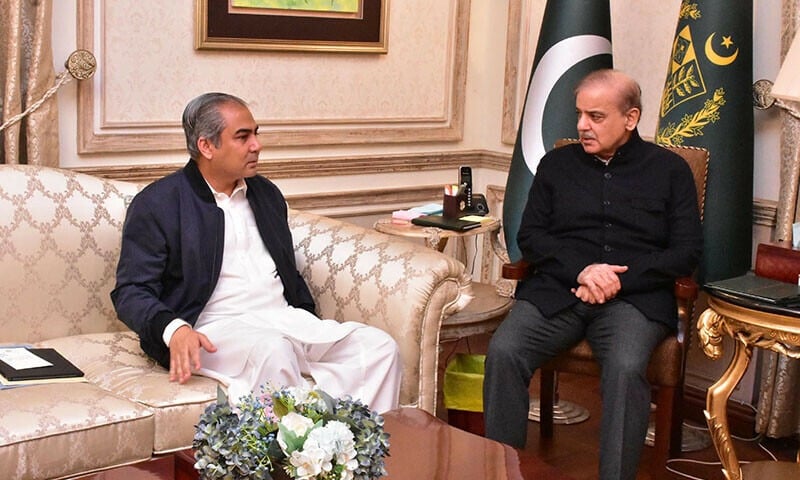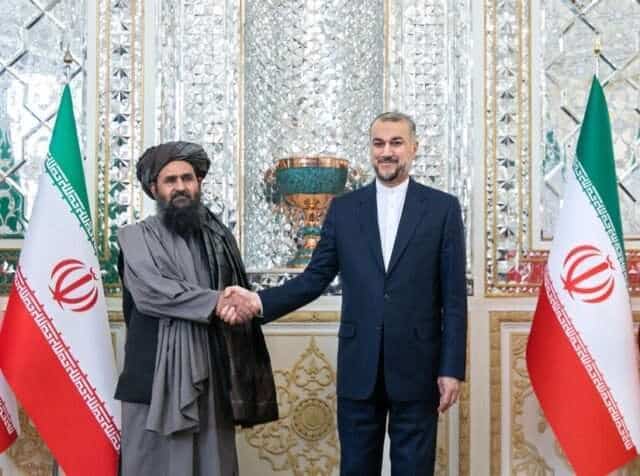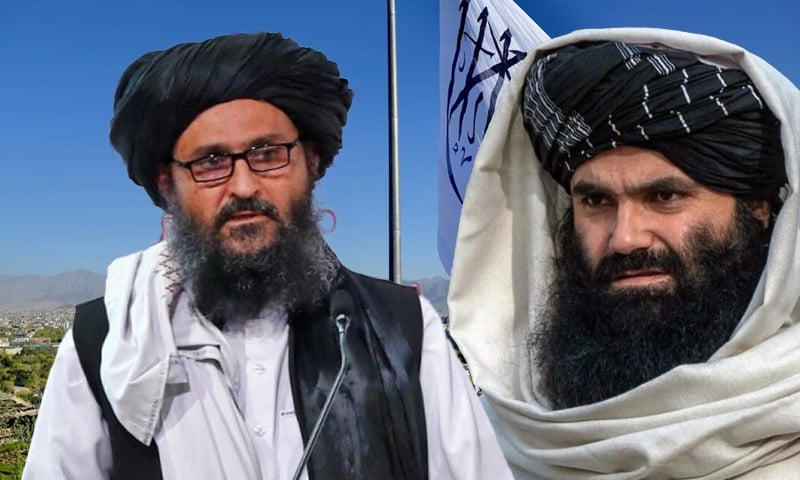In recent weeks, Pakistan’s security landscape, particularly in Khyber Pakhtunkhwa and along the Afghan border, has entered a defining phase. The Pakistani security forces have made remarkable gains in pushing back militant incursions, eliminating high-value targets, and reclaiming control over volatile spaces. But behind these visible victories lies a broader, more complex picture, one defined not just by operations on the ground, but also by diplomatic inertia, regional betrayal, and a rapidly fragmenting militant order.
To understand the scale of recent counterterrorism successes, one need only look at the numbers. In a single month, Pakistani forces neutralised 71 to 72 terrorists attempting to infiltrate from Afghanistan. Shortly after, 30 more militants, including the high-value commander Najeeb Paraky, were killed in the Shawal Valley of North Waziristan. In a separate encounter at Wacha Nallah, eight more were eliminated. In Sambaza security forces, foiling an infiltration attempt, killed 47 terrorists in one sweeping operation, followed by the killing of three more in another counter-terror operation.
These are not isolated tactical victories; they are indicative of an aggressive and intelligence-driven approach aimed at preempting infiltration attempts before they materialise into cross-border attacks. Each successful engagement underscores a singular truth, the security forces are committed to eradicating militancy from every inch of Pakistani soil.
What is perhaps more significant than the force projection is the shift in local sentiment. From Tirah and Bajaur to Dir and Mohmand, the public has begun to resist the presence of militants not just ideologically but physically. In Dir, for instance, locals rose to confront armed militants hiding in the mountains; not merely reporting them, but actively targeting and killing them, even before the arrival of security forces.
This grassroots resistance is historically unprecedented. The public, particularly in the northern tribal districts, has learned the painful lessons of previous militant regimes. They now understand that any collaboration, silence, or neutrality in the face of Talibanization invites destruction not only from militants but also from inevitable state response. The cost of allowing such elements to fester; lost homes, broken livelihoods, and shattered communities, is simply too high.
Even as Pakistan tightens its internal security belt, its external challenges multiply. Intelligence reports, substantiated by ground sources, confirm that two major outlawed terrorist groups, Noor Wali Mehsud’s TTP and the Hafiz Gul Bahadur faction, are now embroiled in a violent power struggle. The flashpoints: Nangarhar and Paktika in eastern Afghanistan.
Both groups aim to dominate these strategic corridors; home to training camps, arms depots, and smuggling routes. These are not merely ideological or tribal disputes; they are battles for operational control, territorial legitimacy, and dwindling foreign resources. With funding channels drying up, partly due to post-Iran-Israel war clampdowns and exposure of RAW-Mossad support networks, competition among militant factions is turning vicious.
When foreign funding, weapons access, and territory are up for grabs, splinter groups become more dangerous, not less. What used to be a relatively centralised TTP is now a fragmented hydra — with factions claiming independence, forming new alliances (often with IS-KP), or falling into violent feuds with each other.
Despite these shifting dynamics, the biggest strategic failure lies not in a battlefield but across the border in Kabul. Pakistan has time and again engaged diplomatically with the Taliban-led Afghan administration. Yet, despite reassurances, there has been little to no tangible action against terror sanctuaries in Afghan territory. From Nuristan and Kunar to Paktia, Khost, and Paktika; the camps are known, the movement routes are mapped, and the safe havens are confirmed.
Why the inaction? Perhaps it is ideological sympathy, particularly among the Taliban’s hardline factions. Perhaps it is logistical incapacity. Or perhaps it’s a calculated tolerance, based on the belief that these groups are Pakistan’s problem, not theirs. But either way, the message is clear: Kabul cannot, or will not, act.
This duplicity stands in stark contrast to Taliban demands for trade access, CPEC inclusion, and TAPI participation. As Pakistan’s foreign office recently articulated, you cannot ask for trade and support terror at the same time. The region will not allow this contradiction to persist indefinitely.
Make no mistake: Afghanistan’s descent into a semi-lawless state; with 19 to 25 districts under weak or symbolic Taliban control, does not only endanger Pakistan. It threatens China’s Belt and Road ambitions, Russia’s southern border stability, and Iran’s internal cohesion. It provides hostile powers like India and remnants of American-aligned networks with fertile ground for a proxy war — against Pakistan, against regional connectivity, and against multipolar stability.
Already, IS-KP’s growing footprint, bolstered by defectors from TTP factions like Hafiz Saeed’s Orakzai network, is creating parallel insurgent structures that defy even the Taliban’s writ. The risk of Afghanistan reverting to a pre-2001 failed state is no longer hypothetical.
Pakistan has shown extraordinary restraint. But that restraint has limits.
With its intelligence networks now fully aware of the location of militant camps, family settlements, and logistical trails in eastern Afghanistan, the message to Kabul is unambiguous: Either you take action, or we will.
If the current Afghan administration continues to shirk responsibility, Pakistan may well be forced to take cross-border action in defence of its sovereignty and national security. Any such step would be within the bounds of international law and in alignment with national security doctrines that prioritise preemptive self-defence.
This is not just Pakistan’s fight. The entire region, from the Central Asian republics to Beijing and Tehran, is watching as Afghanistan edges closer to becoming a geopolitical black hole once again.
Regional states must come together to adopt a unified stance: Trade cannot coexist with terrorism, and diplomatic goodwill must not be exchanged for strategic betrayal. It is time for clarity, consistency, and collective resolve.
For Pakistan, the path is clear. There is no turning back. The state has decided, the public has risen, and the message has been sent, we will not allow history to repeat itself.





